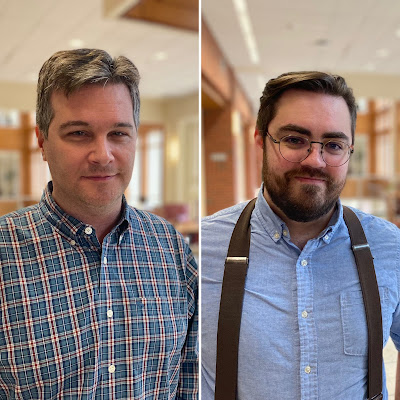OU Engineer Receives Award from NSF's Electrochemical Systems Program
Thirty years later, universities and businesses around the world continue to explore ways to improve the lithium battery to make it safer, more powerful and long-lasting. Bin Wang, an associate professor in the Gallogly College of Engineering School of Chemical, Biological and Materials Engineering at the University of Oklahoma, is one of the researchers around the globe working on next-generation batteries.
In August, Wang received a three-year, $255,552-award from the Electrochemical Systems Program at the National Science Foundation. Wang is part of a collaborative study with researcher Zhaoyang Fan at Arizona State University.
One of the key concerns with lithium-ion batteries is storage capacity for large-scale usage. “Windmills and solar panels produce a lot of electricity. That electricity has to be stored somewhere – and the battery is the strategy for that,” Wang said.
Wang’s strategy involves lithium-sulfur batteries that are cheaper to produce and can be more easily recharged after being depleted. “The lithium-sulfur battery uses earth-abundant sulfur as the cathode material and delivers more energy than current batteries. It is considered one of the next-generation technologies,” he said.
Arizona State researchers initially discovered the opportunities with lithium-sulfur batteries. Wang’s goal is to help them understand what is occurring in the cathode and ion system, and how to make improvements to the system.
Wang and researchers are trying to accelerate the development of lithium-sulfur batteries for eventual adoption in cell phones, electric cars, solar panels or windmills. “Imagine your cell phone can work two or three times longer once being charged. How great would that be?” Wang said.
Wang joined OU in 2014. In 2019, he received the prestigious Early Career award from the Department of Energy. He holds a bachelor’s degree from the East China University of Science and Technology and a doctoral degree from Ecole Normale Supérieure de Lyon in France. From 2010-14, he served as a postdoctoral research associate at Vanderbilt University in Tennessee.
For more information about the Gallogly College of Engineering at the University of Oklahoma, visit ou.edu/coe.



